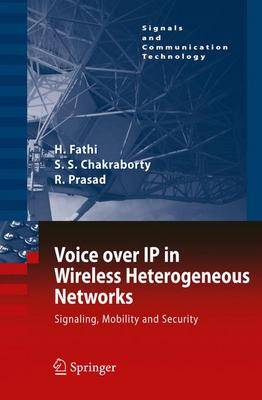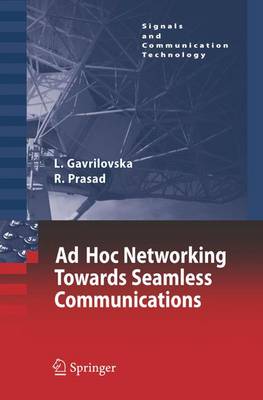Signals and Communication Technology
3 total works
Voice over IP in Wireless Heterogeneous Networks
by Hanane Fathi, Shyam S. Chakraborty, and Ramjee Prasad
We hope that all readers will experience the bene?ts and power of this knowledge. We have tried our best to make each chapter comprehensive and we cannot claim that this book is without errors. Any remarks to improve the text and correct the errors would be highly appreciated.
AD Hoc Networking Towards Seamless Communications
by Liljana Gavrilovska and Ramjee Prasad
This book reveals the state-of-the-art in wireless ad-hoc networking. It addresses many complex and open problems for researchers in the field of ad hoc networks. It further discusses some of the key research topics that are expected to promote and accelerate the commercial application of these networks (e.g., MAC, routing, QoS, optimization issues, service discovery, traffic models, mobility, handovers, security). It also presents "killer applications".


